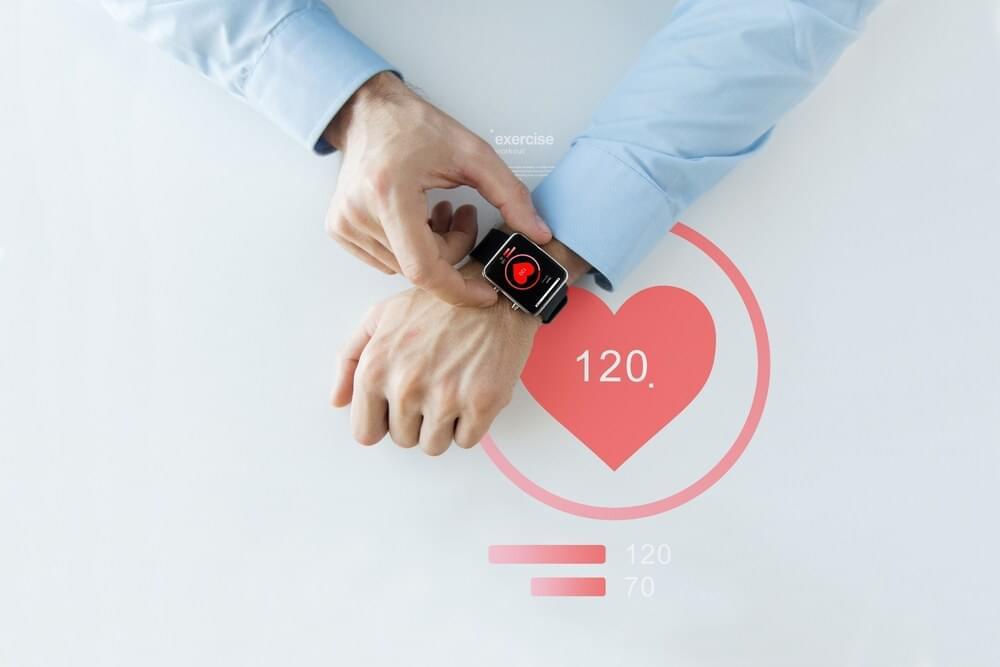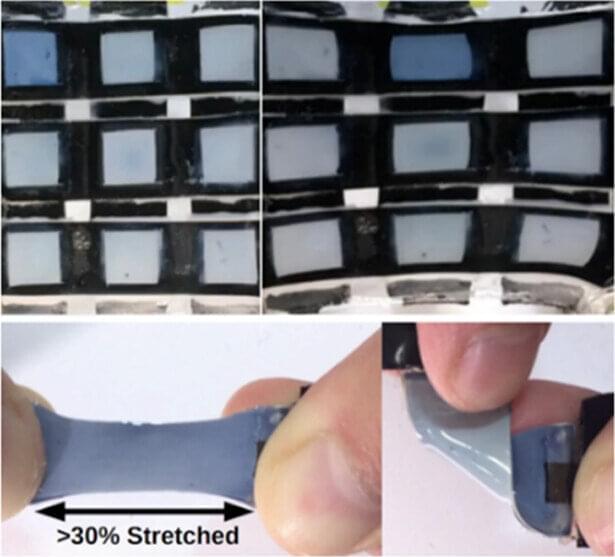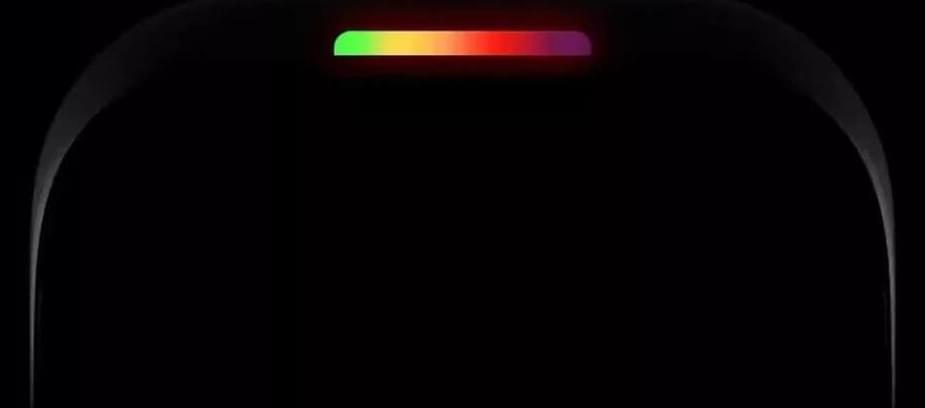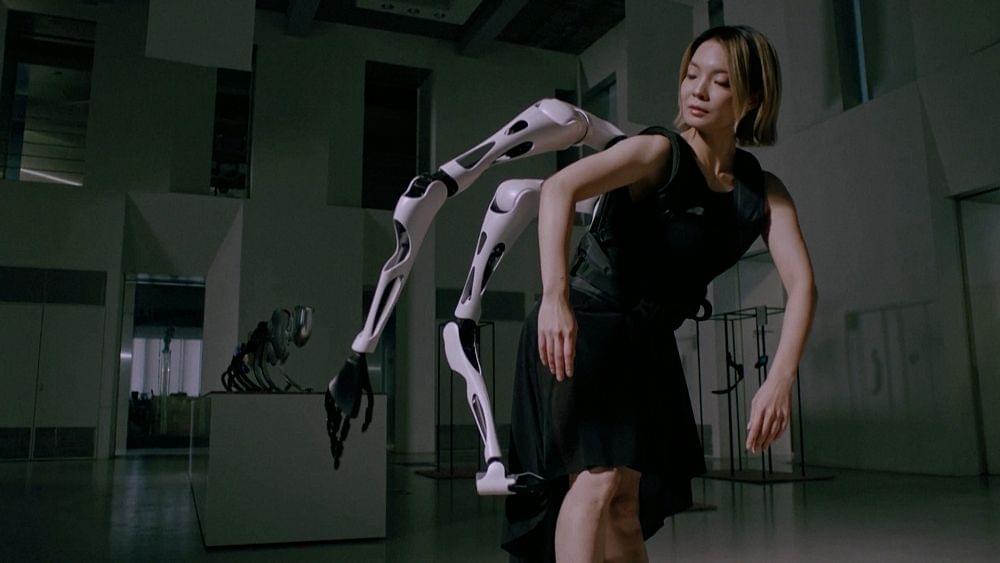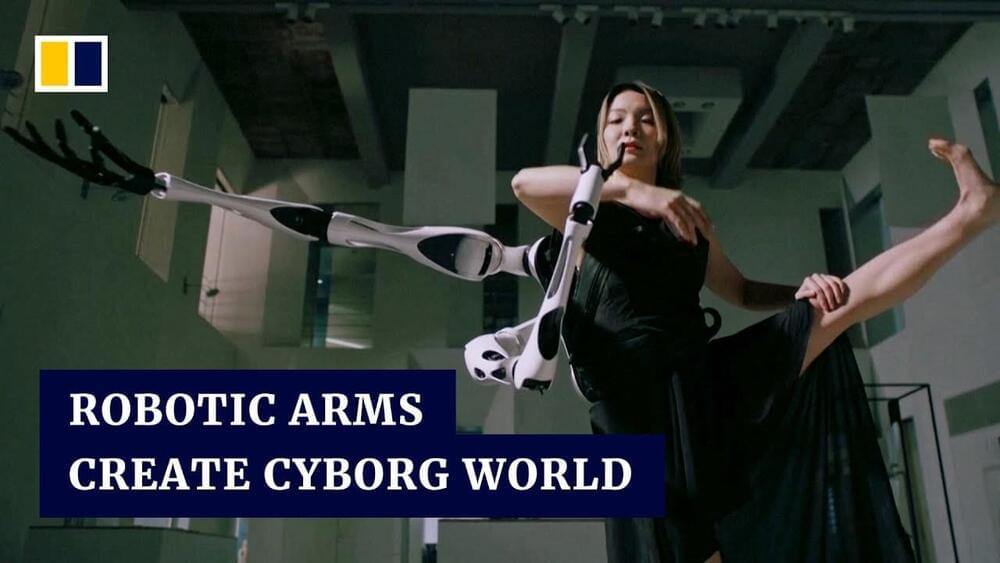Jul 31, 2023
SMART ePANTS Program Pursuing Advanced Smart Textiles for Intelligence Community, DoD, DHS
Posted by Saúl Morales Rodriguéz in categories: security, wearables
Not surprisingly, the Intelligence Community (IC), Department of Defense (DoD), and first responders at the Department of Homeland Security (DHS) and other agencies are also interested in wearable electronics. With its Smart Electrically Powered and Networked Textile Systems (SMART ePANTS) program, the Intelligence Advanced Research Projects Activity (IARPA) is delivering the largest single investment ever made1 to make Advanced Smart Textiles2 (AST) a reality.
According to SMART ePANTS Program Manager, Dr. Dawson Cagle, developing clothing with sensor systems that can record audio, video, and geolocation data would significantly improve the capabilities of IC, DoD, DHS staff, and others working in dangerous or high-stress environments, such as crime scenes and arms control inspections. Dr. Cagle also asserted that ASTs could collect information one doesn’t notice, which would increase job effectiveness.


